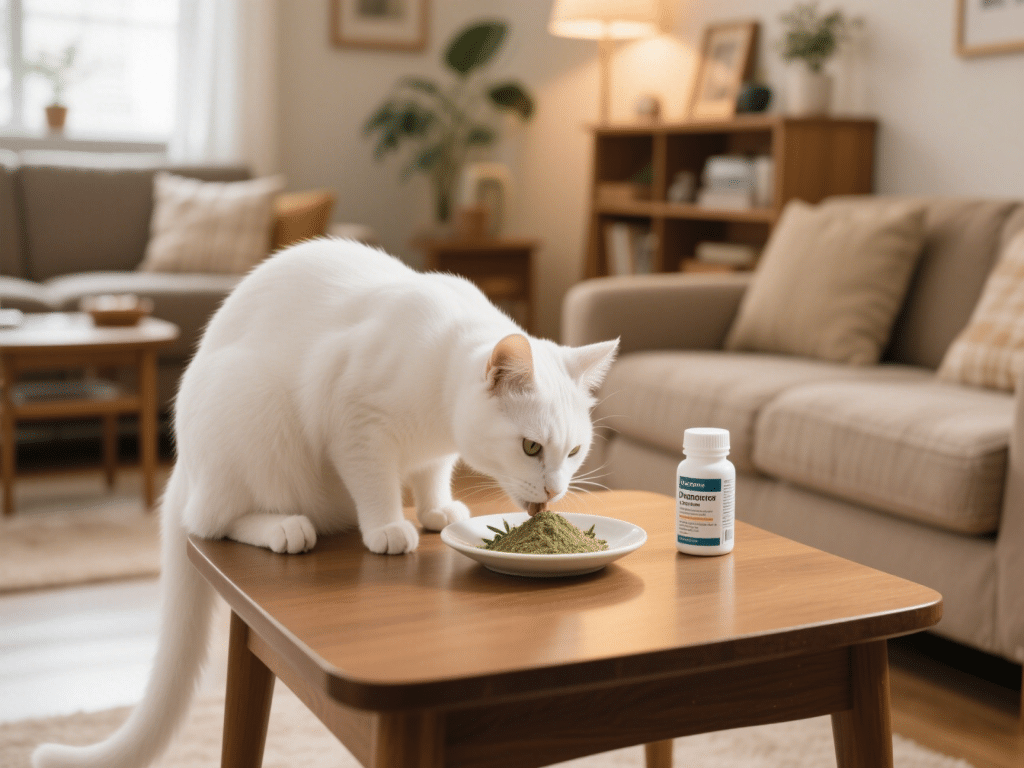Identifying and Managing Cat Anxiety Symptoms at Home
Introduction
Cat anxiety can manifest in subtle ways, often leaving owners unsure how to help their feline friends. Understanding the root causes and recognizing the signs early can significantly improve your cat’s well-being. This guide provides practical, expert-backed strategies to identify and manage anxiety in cats within the comfort of your home.
Understanding Cat Anxiety
Cats are both predators and prey by nature, which can make them sensitive to environmental changes. Anxiety in cats arises when they perceive a threat—whether physical, social, or environmental. Chronic anxiety can lead to behavioral issues, health problems, and a decline in overall quality of life. By learning to prevent triggers and offer proper support, you can create a calm environment where your cat thrives.
Recognizing Anxiety Symptoms
Cats may hide their stress, but look for these common indicators:
Excessive Grooming or Hair Loss
Overgrooming can result in bald patches, usually around the abdomen or flanks.Changes in Appetite
Sudden refusal to eat or overeating can both signal anxiety.Vocalization
Increased meowing, yowling, or growling—especially at odd hours.Hiding or Avoidance
Seeking seclusion under furniture or refusing interaction.Aggression or Irritability
Hissing, swatting, or biting when approached.Elimination Changes
Urinating or defecating outside the litter box due to stress.
Observe your cat’s baseline behavior so you can quickly spot deviations. Consistency in feeding and play schedules helps track these changes.
Common Triggers
Identifying what sparks anxiety is key to prevention:
Environmental Changes
Moving furniture, new household members, or holiday decorations can unsettle a cat.
Loud Noises
Fireworks, thunderstorms, and construction sounds often frighten felines.
Separation Anxiety
Cats develop strong bonds; sudden absence of a primary caregiver can induce stress.
Multi-Pet Households
Conflict over territory or resources may heighten anxiety.
Medical Conditions
Pain or illness can manifest as anxiety-like behaviors; always rule out underlying health issues with a veterinarian.
Home Management Strategies
1. Provide a Safe Space
Designate a quiet area where your cat can retreat. This could be a secluded corner with a soft bed and familiar toys. Ensure this zone is:
Quiet: Away from household traffic and noise.
Elevated: Cats feel secure when perched on a high shelf or cat tree.
Accessible: Keep food, water, and a litter box within easy reach.
2. Maintain a Consistent Routine
Cats thrive on predictability. Feed, play, and groom at roughly the same times each day to reduce uncertainty. Use automated feeders or puzzle toys if your schedule fluctuates.
3. Environmental Enrichment
Mental stimulation helps divert anxious energy:
Interactive Toys: Wand toys, laser pointers, and food puzzles encourage natural hunting instincts.
Scratching Posts and Climbing Structures: Provide vertical and horizontal scratching options.
Window Perches: Allow your cat to observe outdoor activity, satisfying curiosity without stress.
4. Calming Products and Pheromone Therapy
Synthetic Pheromones: Diffusers or sprays (e.g., Feliway®) mimic feline facial pheromones, creating a sense of familiarity.
Calming Treats & Supplements: Ingredients like L-theanine, L-tryptophan, or valerian root can reduce stress. Always consult your veterinarian before introducing supplements.
Thundershirt® or Anxiety Wrap: Gentle pressure garments can have a soothing effect for some cats.
5. Positive Reinforcement & Gentle Desensitization
Reward Calm Behavior: Offer treats and praise when your cat approaches unfamiliar objects or remains relaxed during stressors.
Gradual Exposure: If your cat fears vacuum cleaners or loud noises, introduce the appliance at a distance—reward any calm behavior—and slowly decrease the distance over multiple sessions.
6. Play Therapy
Regular play helps release excess energy and strengthen your bond:
Daily Interactive Sessions: Aim for at least two 10-minute play sessions per day.
Rotate Toys: Keep novelty high by cycling through different toys weekly.
When to Seek Professional Help
If home interventions do not reduce anxiety symptoms—or if behaviors escalate—consult your veterinarian or a certified feline behaviorist. Watch for:
Self-Injury: Excessive grooming leading to wounds or infections.
Severe Aggression: Unprovoked biting or scratching that endangers household members.
Persistent Hiding/Refusal to Eat: Signs of possible serious medical issues or deep anxiety.
A veterinarian may recommend:
Behavioral Modification Plans: Customized strategies targeting your cat’s specific triggers.
Prescription Medication: In moderate to severe cases, anti-anxiety medications (e.g., fluoxetine, buspirone) can be prescribed under veterinary supervision.
Conclusion
Effectively managing cat anxiety at home involves understanding your cat’s unique needs, establishing a predictable environment, and using targeted enrichment and calming tools. By observing behavioral changes early and implementing these strategies, you can significantly improve your cat’s mental health and strengthen your bond. Remember that patience, consistency, and professional guidance—when necessary—are essential components of a successful home-based anxiety management plan.










Comments on " Identifying and Managing Cat Anxiety Symptoms at Home" :